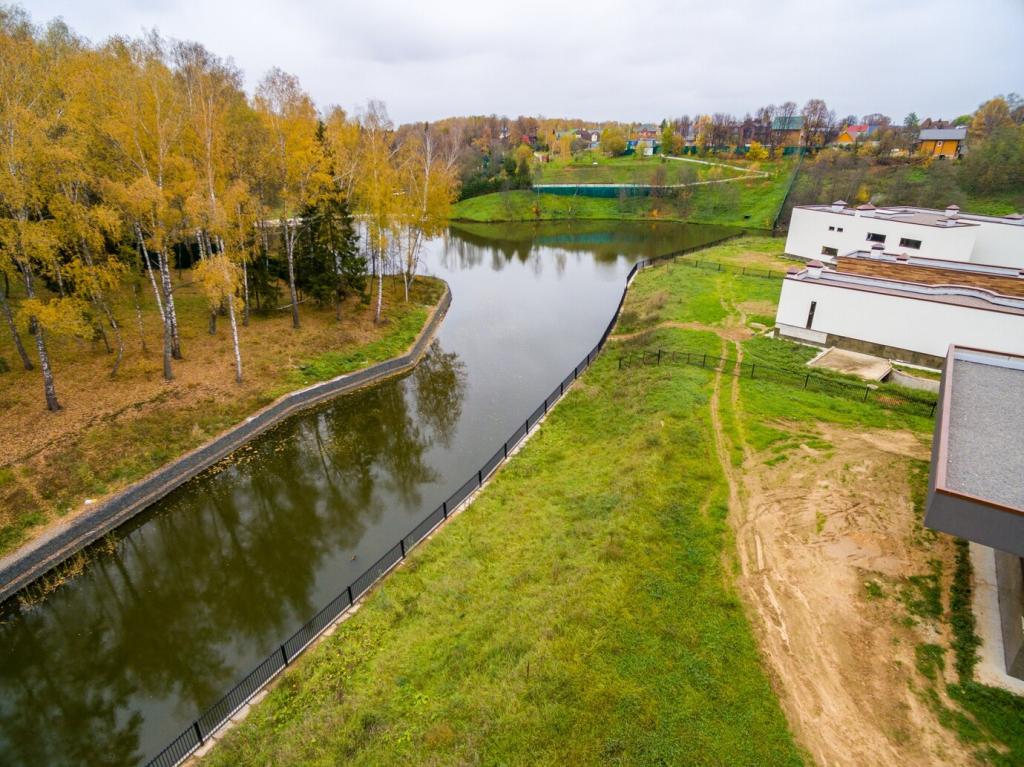Retrofit Strategies for Real Homes
Heat loves to escape upward. Prioritizing attic insulation and sealing penetrations can deliver immediate comfort gains. Sustainable insulation solutions like loose-fill cellulose or wool batts layer easily, work around joists, and help stabilize temperatures quickly, often becoming the most cost-effective first move in retrofits.
Retrofit Strategies for Real Homes
Dense-pack cellulose can be blown through small holes between studs, preserving interior finishes while improving R-values and reducing drafts. This minimally invasive approach exemplifies sustainable insulation solutions: thoughtful, tidy, and effective. If you have clapboard or plaster, a skilled installer can often upgrade quietly in a single day.





